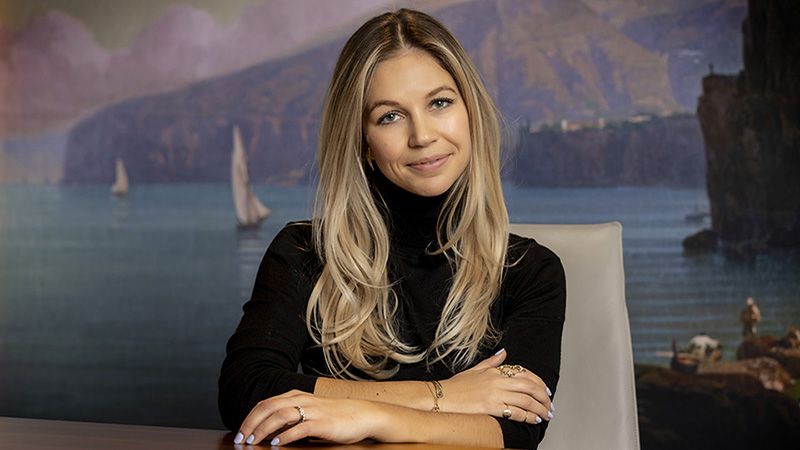There is projected to be a 40% gap between water consumption and supply by 2030. Today as a society, we consume more freshwater than is available. At current consumption rates, by 2025 two-thirds of the world’s population will face water shortages, according to Unicef.
This trajectory risks displacing large populations, affecting livelihoods and adding to environmental stress. However, we also know the Earth has sufficient water supplies, so long as they are used sensibly and reused or recycled.
Access to clean water is one of the most pressing challenges we face. Water scarcity, flooding and inadequate water management impedes social and economic development. Over the past 25 years, the amount of fresh water available worldwide has fallen due to pollution, climate change, increased urbanisation, poor water infrastructure and overuse. At the same time, the demand for water is increasing at an unprecedented rate.
See also: Barriers to investing in the blue economy
There is sufficient fresh water on the planet for everyone to have access to clean and accessible water and yet the reality for millions of people across the globe is water scarcity, poor water quality and inadequate sanitation. Since 1990, 2.1 billion people have gained access to improved water sanitation, according to the United Nations. However, it is projected that by 2050, at least one in four people will be affected by recurring water shortages.
Wastewater and seawater have long been considered potential sources of freshwater, with emerging technologies aimed at facilitating reuse and recycling. Humanity is polluting water faster than nature can recycle and purify rivers and lakes.
See also: Turning the tide on water quality
Achieving a closed water cycle promises unlimited volumes of freshwater, but investment is required to recognise its full potential. Investment in water purification technology is essential to ensure access across the developing and developed regions.
Read the full article in PA Future’s June 2024 digital magazine.








